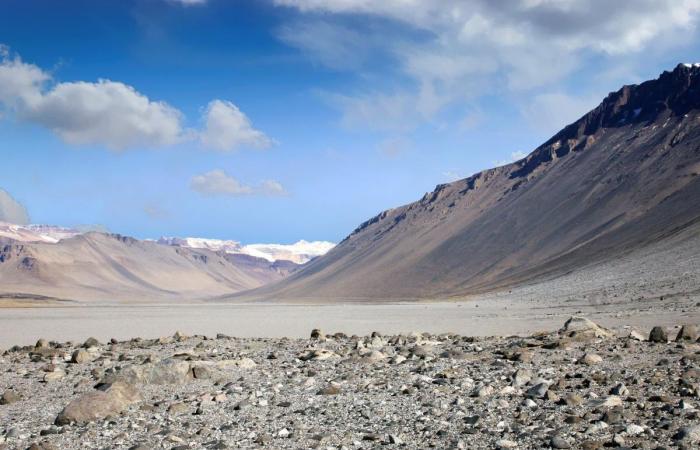– These regions of the earth where man has never set foot
It’s too hot, too cold and no one has ever ventured into certain inaccessible corners of the globe.
Published: 09/28/2024, 8:02 p.m.
This type of place seems unexplored, but the presence of the photographer contradicts us.
GETTY
Subscribe now and enjoy the audio playback feature.
BotTalk
On the surface of the globe, we have gone everywhere, explored every corner of the earth, mapped every centimeter of the planet. And yet no! There remain places where man has never set foot. Not a lot, of course, but there is some. The study which attests to this dates back to 2021. And it is still valid. The Earth, a planet like millions of others in our galaxy (among billions of other galaxies, remember), had a priori little chance of being habitable. But the presence of water in a liquid state, an atmosphere and rocky soil may be sufficient for the appearance of life. This was the case on our globe. Except that there are regions never visited by man.
It is estimated, again according to the aforementioned study, that 17% of the land surface has shown no trace of human habitation over the last 12,000 years. But what are these corners of the planet untouched by any human trace? There are basically two types. Desert areas and polar spaces. L’Antarcticfor example, is full of land untouched by any human presence. It’s too cold, the climate is unbearable, and we couldn’t even think of going there for exploratory missions.
Uninhabited Antarctica
Covered in ice as far as the eye can see, Antarctica is 26 times the size of France. Plants grow there. On its coasts there are moss, lichens, algae. And even two species of flowering plants, the Antarctic canche and the Antarctic sagina. All this vegetation increases with warming. But the continent does not support human life. Only a few scientific missions sometimes risk it.
At the other end of the spectrum, among the unexplored areas, there are unsurprisingly hot deserts like the Rub al Khali in the Arabian Peninsula or the desert of Taklamakan in China. In the first, temperatures oscillate between 50°C during the day and –10°C at night. Hell, in short! The Amazon rainforest also has unexplored areas. But the flora abounds there.
And then there are the high mountains. Many regions of theHimalaya or Andes remain unknown. Extreme altitude, therefore increased risks of hypoxia for humans, totally unpredictable weather conditions, but targets for mountaineers or YouTubers in search of notoriety. To discuss these areas, scientists generally speak of naturalness. Term which designates land or maritime spaces spared from human activities. Note that 70% of this naturalness is found in five countries: Russia, Canada, Australia, the United States and Brazil.
“Latest news”
Want to stay on top of the news? “Tribune de Genève” offers you two meetings per day, directly in your email box. So you don’t miss anything that’s happening in your canton, in Switzerland or around the world.
Other newsletters
Log in
Did you find an error? Please report it to us.
0 comments







